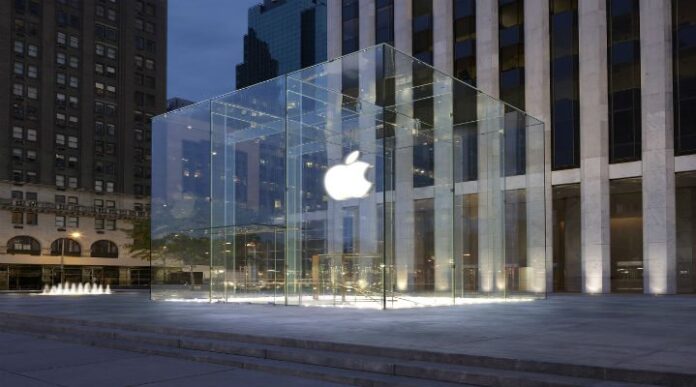As it tackles 5G, Apple might be trying to rid itself of its dependance on Qualcomm
Qualcomm will provide its Snapdragon X55—its 5G modem chip—for Apple’s newest iPhone model, but the phone maker has reportedly decided to design the phone’s antenna in-house, according to a Fast Company exclusive. The reason behind the decision to reject Qualcomm’s QTM 525 millimeter-wave antenna is supposedly that it does not fit the sleek iPhone style that have become a defining feature for Apple products.
And that might be true. However, this is most likely not the only reason Apple doesn’t want to use Qualcomm’s antenna.
The two technology powerhouses have been suing each other for years. On one side, Apple has accused Qualcomm of ‘double-dipping’ by first seeking payment for device components and then seeking royalties on those components. On the other side, Qualcomm has accused Apple of stiffing them on said royalties and not respecting the chipmaker’s terms.
The dispute ultimately went to court last year, but in what many expected to be the biggest antitrust lawsuit in history, the companies surprised everyone by suddenly announcing that they had reached a settlement.
Further, following the settlement Apple revealed that the two had reached a six-year license agreement, which includes a two-year option to extend the agreement, as well as a multiyear “chipset supply agreement.”
The settlement payment that Apple paid to Qualcomm likely relates to the estimated $7 billion the iPhone maker and its suppliers withheld from the chip maker as retaliation against Qualcomm’s royalty terms.
Shaking things up even more, just hours after the settlement, Intel announced that it was exiting the 5G smartphone modem business, and because Apple was reportedly planning to use Intel’s 5G chips for its 2020 iPhone, the decision appeared to leave the company without an alternative supplier.
With Intel out of the 5G modem game, Apple may have lost the gusto it would have taken to sue the chip giant. But around the same time that Apple agreed to settle with Qualcomm, it also bought Intel’s modem business, and since then has been putting a lot of resources into building its own 5G modem, even, according to some reports, poaching Qualcomm engineers.
Unfortunately, Apple doesn’t have the best track record for antenna design. In a frenzy dubbed, antennagate, the antenna design in the 4th generation iPhone was deemed the culprit behind dropped calls. To settle the dispute, Apple agreed to provide free bumpers to users experiencing the problem and to give a full refund for the iPhone 4 within 30 days of purchase.
Further, it’s just not easy to design a mmWave 5G antenna. The antenna will have to send and received higher frequencies that previous generations, and therefore, will require a more air-tight design and higher-quality production because any imperfection could impact the cellular connection. Apple has struggled with antennas in the past when the stakes weren’t nearly as high, so many are left with doubts.
It can be assumed that Apple’s long-term plan is do away with its reliance on Qualcomm for future iPhones, and while rejecting the company’s antenna might be the first step, there is still time for Apple to change course and choose to implement the QTM 525 mmWave antenna.
Because the new iPhone’s launch is slotted for later this year, more clarity on the topic is expected to emerge over the next few months.

